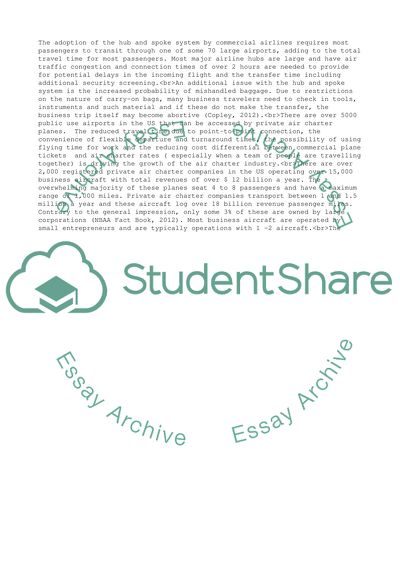Cite this document
(“Development of a Business Plan to Establish a Private Jet Charter Essay”, n.d.)
Development of a Business Plan to Establish a Private Jet Charter Essay. Retrieved from https://studentshare.org/business/1616168-development-of-a-business-plan-to-establish-a-private-jet-charter
Development of a Business Plan to Establish a Private Jet Charter Essay. Retrieved from https://studentshare.org/business/1616168-development-of-a-business-plan-to-establish-a-private-jet-charter
(Development of a Business Plan to Establish a Private Jet Charter Essay)
Development of a Business Plan to Establish a Private Jet Charter Essay. https://studentshare.org/business/1616168-development-of-a-business-plan-to-establish-a-private-jet-charter.
Development of a Business Plan to Establish a Private Jet Charter Essay. https://studentshare.org/business/1616168-development-of-a-business-plan-to-establish-a-private-jet-charter.
“Development of a Business Plan to Establish a Private Jet Charter Essay”, n.d. https://studentshare.org/business/1616168-development-of-a-business-plan-to-establish-a-private-jet-charter.


